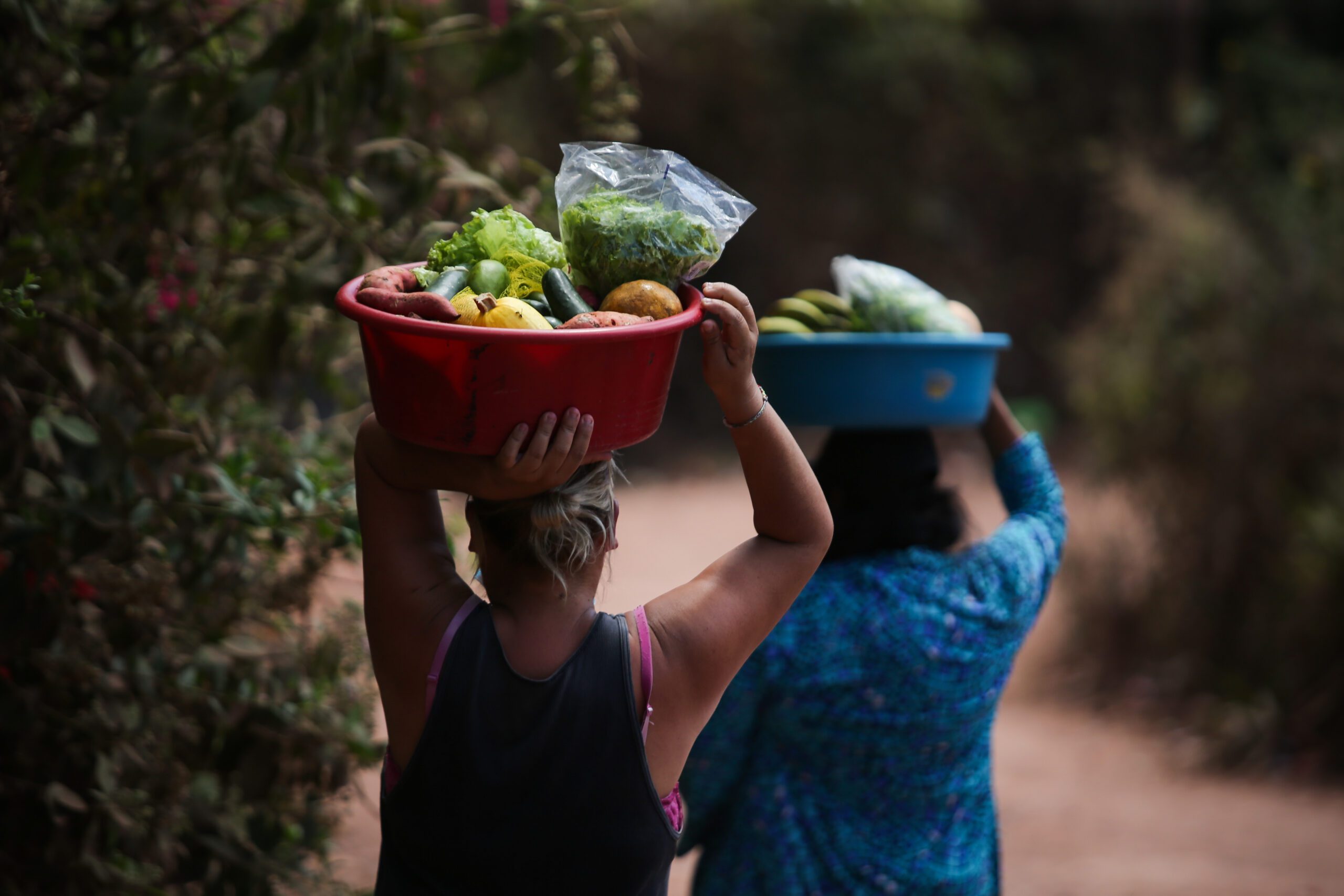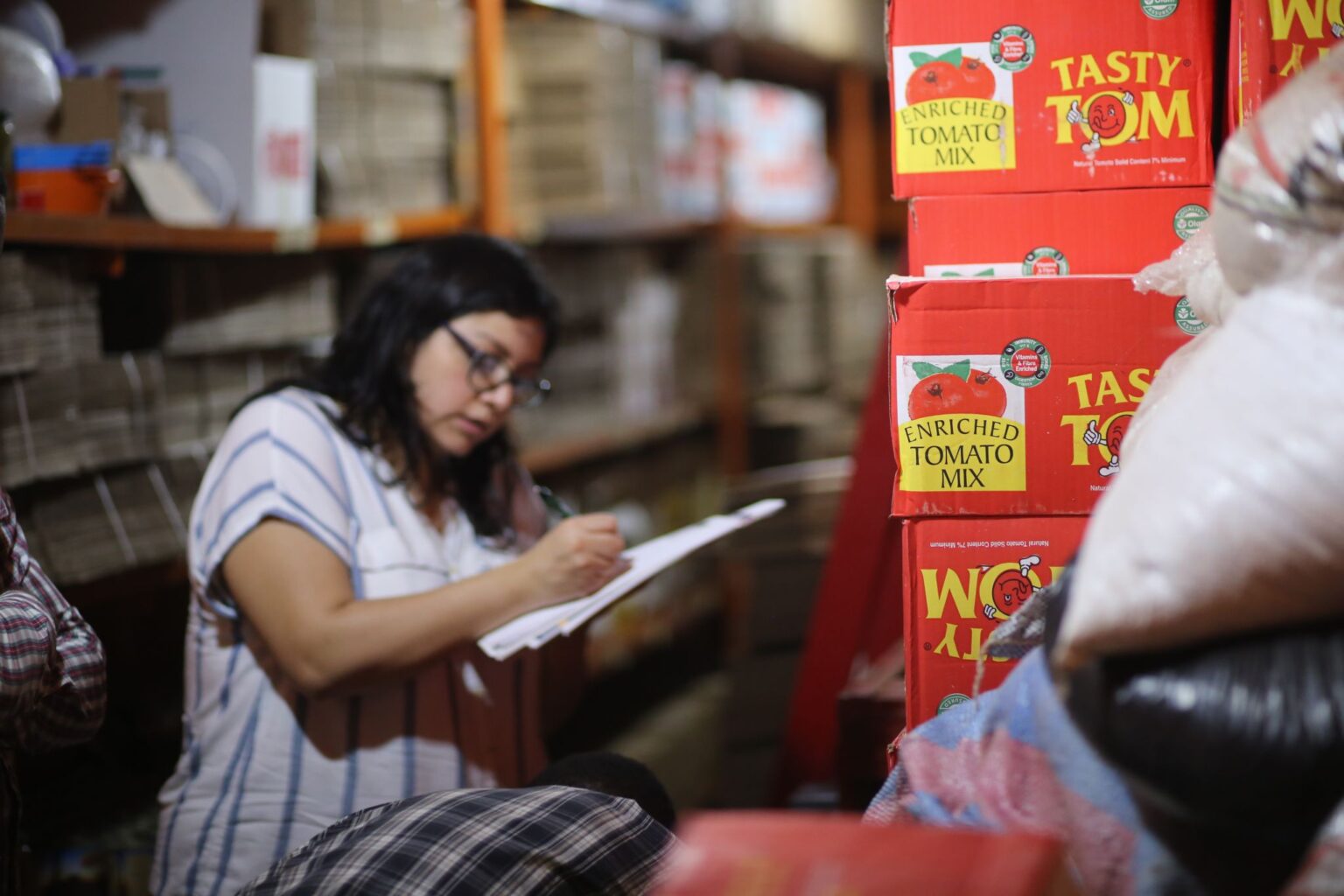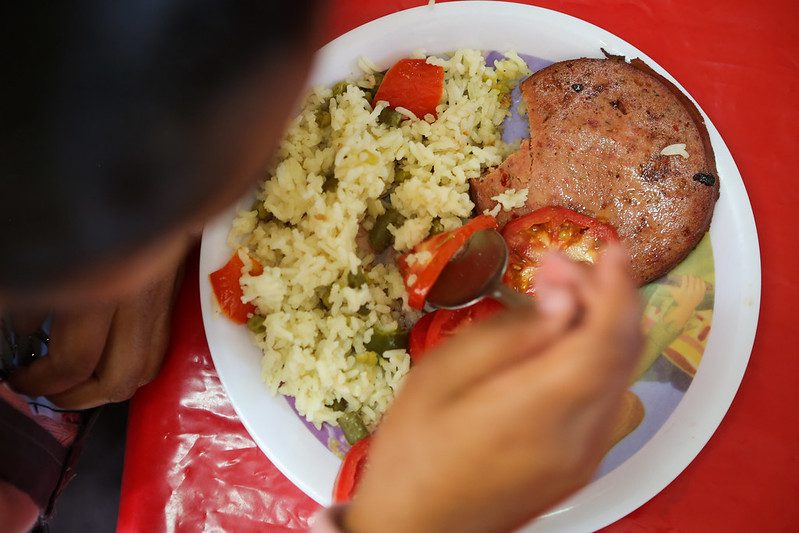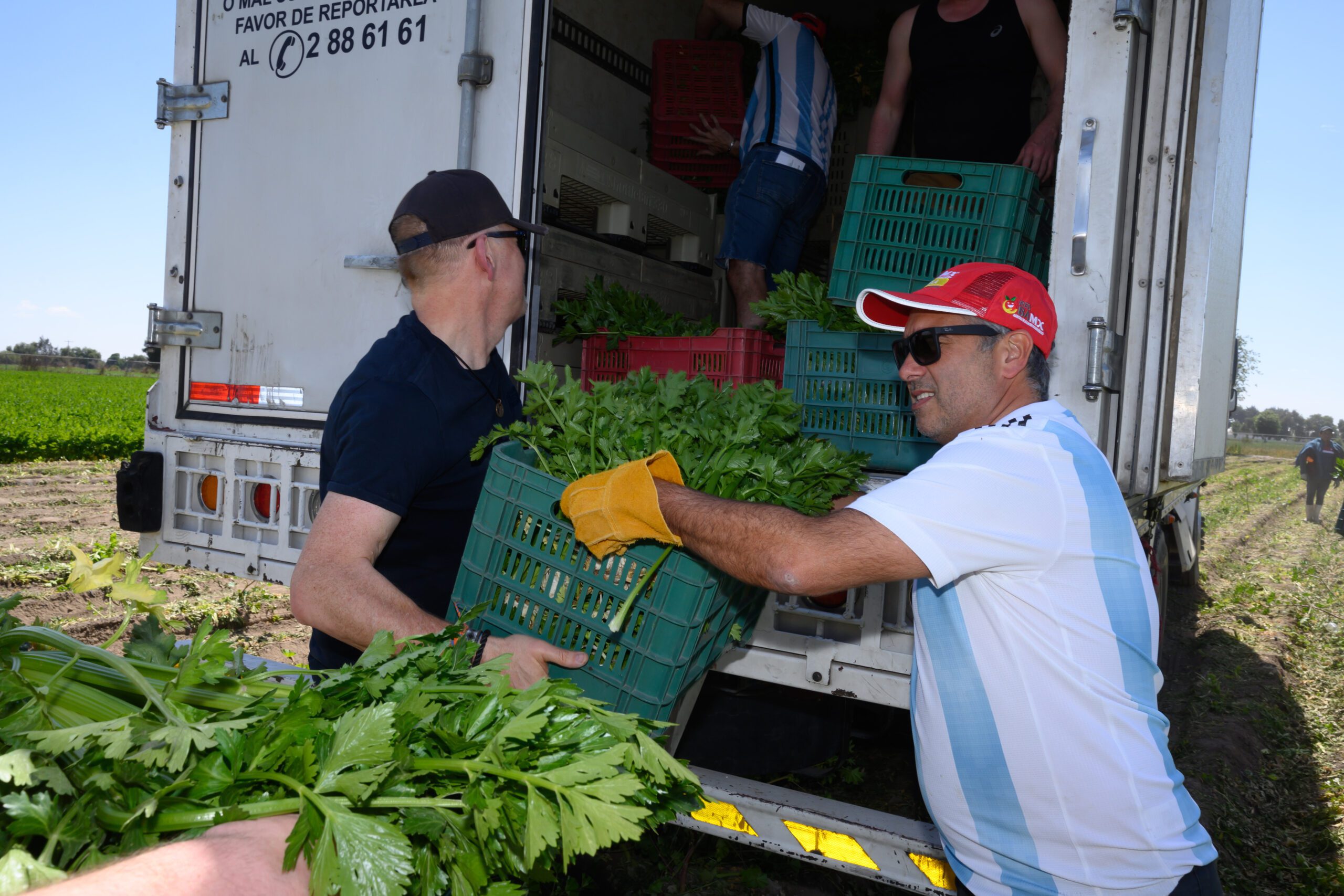By Doug O’Brien, Vice President of Programs
Despite monumental challenges brought on by multiple crises, members of The Global FoodBanking Network connected more than 32 million people to food in 2022, providing families and communities with critical nutrition at a time of great need.
This is nearly double the number of people served by member food banks before the COVID-19 pandemic, signaling a sustained increase in demand for food assistance since 2020. And this occurred during a third consecutive year marked by food price spikes and a cost-of-living crisis, climate-related disasters, and conflict.
The data comes from GFN’s annual Network survey and reflects work carried out by 49 member food banks, located on six continents and in 44 countries. The 2022 survey tells a powerful story in numbers. It’s a story of a global movement of food banks, led by local leaders and more than 400,000 volunteers worldwide to serve those facing hunger.
Food banks have faced enormous pressure over the last several years, driven by COVID, supply chain disruptions, the cost-of-living crisis, and other emergencies. At the same time, more than three-quarters of the countries where GFN members are located experienced at least one climate-related natural disaster in 2022, while 35% experienced significant civil unrest. These combined impacts caused food prices to reach record-highs in 2022—leading to severe hardship for vulnerable communities.

Even during these extraordinarily challenging times, nearly half of Network food banks reported serving more people in 2022 than the previous year, and in developing and emerging markets, the number of people served increased by 55% on average.
Rise Against Hunger Philippines (RAHP) is one of example of these challenges, responding to the need in their community by serving 1.6 million people in 2022, a 21% increase over the previous year. At the end of 2021, the country was hit by Super Typhoon Odette, leaving millions displaced, many without food and without shelter. Through their disaster planning, RAHP has already set aside 20% of their rice-soy fortified meal packs and food bank inventory for disaster relief purposes. In addition, RAHP raised money to support 3,000 families after the storm struck. The foresight of RAHP and their ability to meet these challenges significantly added to their community’s resilience when it was needed most.
While most food bankers across the Network experienced continued high needs, service in some countries declined in 2022 compared to 2021. This is similar to what was reported in the recently released The State of Food Security and Nutrition 2023 from the United Nations Food and Agriculture Organization (FAO), which found the prevalence of hunger plateaued in 2022, though remained significantly above pandemic levels, similar to what food banks experienced last year. Where declines were reported in the Network, conflict or disasters often restricted service delivery at the same time as food access and affordability were limited. Members in many countries faced incredibly high levels of food inflation, which in turn limited the available surplus for donation and hindered their ability to efficiently source food products to meet the high demands. Overall, however, the number of countries that saw a significant decline in service was few compared to those countries that stayed relatively level or saw increases.
In the case of Food for All Africa (FFAA) in Ghana, they made a strategic shift for 2022 based on community needs, pivoting to distribution through trusted agency partners rather than directly to individuals, resulting in service to a smaller number of people facing severe food insecurity to ensure that those families received more food, more often. This allowed them to deepen their impact on selected groups within the communities they serve. Last year, FFAA served 20% fewer people than the previous year but distributed 20% more food in kilograms, and each person received, on average, 50% more than in 2021.
A similar trend to FFAA occurred across the Network, as people received more food from member food banks in 2022. Each person who visited a food bank received about 20 kilograms of food on average—representing nearly 60 meals—a jump of 18% compared to the previous year.
Food banks were able to heighten service delivery in 2022 through the generous support of many people, and many stakeholders—including community partners and volunteers, which as always, were a key driver in local hunger relief efforts.
Of the 651 million kilograms of total food distributed by GFN members in 2022, nearly two-thirds were sourced, recovered, or donated from local sources, mitigating food wastage and climate impacts, and strengthening agri-food systems by the removal of excess food inventory from the supply chain.
In 2022, food access was a major driver in food insecurity as affordable and healthy diets were out of reach for many vulnerable families, as noted in the State of Food Security and Nutrition 2023 report. Here again, the Network rose to the challenge in their communities as nearly 60% of food distributed was categorized as fruits and vegetables, grains, dairy products, and animal protein. This was made possible through increased partnerships with farmers and a rebound in donations from retail outlets, helping ensure food access and that what was distributed was highly nutritious.
One outstanding example of this trend was led by Banco de Alimentos Honduras (BAH). More than 70% of all the food distributed by BAH in 2022 was nutritious (fruits and vegetables, grains, dairy products, and animal proteins). This is an increase from 54% from 2021. Much of this increase was due to the food bank’s agricultural recovery program, in which they partner with small-scale farmers to collect fresh food to distribute to people facing hunger.
The Network is a living and effective example of community-led approaches to food insecurity. In 2022, food banks distributed most of their services through nearly 51,000 local organizations, including service agencies, pantries, kitchens, and shelters, and did so with the help of more than 406,000 volunteers—an increase of 28% over the previous year – and an all time high in the number of people volunteering to provide local hunger relief.
Although the numbers shared here are important data points to examine, each number is so much more than a digit on a spreadsheet. Each digit or data point represents a person or family in need of sustenance and another person providing help, a meal, or food box. These numbers reveal the activities of our shared humanity across countries and cultures and how food banks worldwide are a tangible source of hope and a sign of resilience in their communities.



